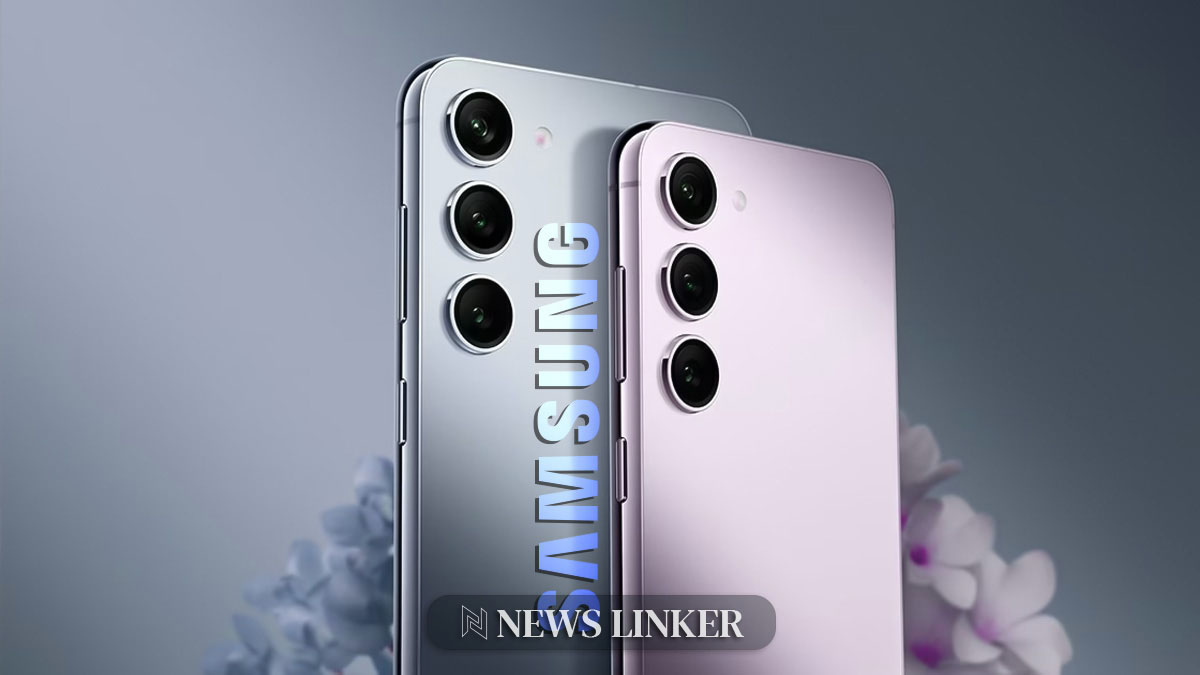Samsung‘s Galaxy S23 Ultra represents a significant milestone, potentially signaling the conclusion of the company’s longstanding affinity for curved displays, which began almost a decade ago with the Galaxy Note Edge. The Note Edge introduced the groundbreaking design, featuring a display that extended and curved around the phone’s edge. This design philosophy was subsequently adopted across multiple high-end Samsung models, creating a unique aesthetic that set the brand apart.
The journey of Samsung’s curved displays has witnessed the rise and fall of the “Edge” branding and design. The Galaxy Note Edge’s debut in 2014 marked the start of what would become a defining feature for Samsung’s premium devices. Over the years, Samsung’s dedication to the curved display design has waned. The design was last seen on the Galaxy S23 Ultra, suggesting that the era of the curved screen might be drawing to a close.
Transition to Flat Displays
As the industry gears towards flat-screen designs, the Galaxy S23 Ultra stands as the remaining bastion of Samsung’s curved display legacy. However, the inventory of the S23 Ultra is diminishing, and with the arrival of the Galaxy S24 Ultra sporting a flat display, it appears that Samsung has turned the page on curved screens. There’s little indication that the company plans to revive this design feature in the future.
The Evolution of Samsung’s Phone Designs
The curved display once helped Samsung differentiate its high-end devices, yet the technology was not merely for aesthetics but also a precursor to the brand’s innovative foldable phones. As design preferences evolved, the practical advantages of flat screens—greater durability and compatibility with stylus inputs—became more apparent. The shift towards flat screens reflects a broader trend in the smartphone industry prioritizing functionality and durability over bold design statements.
In reflecting on the industry’s trajectory, Android Authority’s article “How Samsung’s design philosophy has changed over the years” and Engadget’s “Samsung Galaxy S21 review” provide insights into the broader implications of Samsung’s evolving design ethos. Android Authority explores Samsung’s shift in design sensibilities from the flamboyant to the functional, while Engadget’s review highlights user experiences with the flat-screen design on the latest Galaxy series, underscoring the pragmatism of Samsung’s current direction.
A Farewell to the Curved Display?
The Galaxy S23 Ultra’s legacy as potentially the last Samsung phone with a curved display is not a sudden decision but the culmination of a changing market and consumer preferences. As the industry moved towards uniformity, optimization, and robustness, the curved display’s appeal diminished. The Galaxy S23 Ultra might thus stand as a historical footnote, marking the end of an innovative but ultimately transient design trend within Samsung’s storied smartphone lineage.
As I ponder the implications of this shift, I can’t help but admire the journey from the pioneering Edge design to the current preference for flat screens. What began as a distinctive feature that helped Samsung stand out has given way to an emphasis on practicality and resilience. This evolution reflects a broader market trend where consumers prioritize longevity and functionality over novelty. As a tech enthusiast, observing these changes underscores the industry’s relentless pursuit of innovation that resonates with user needs and preferences, even if it means retiring once-celebrated features.










